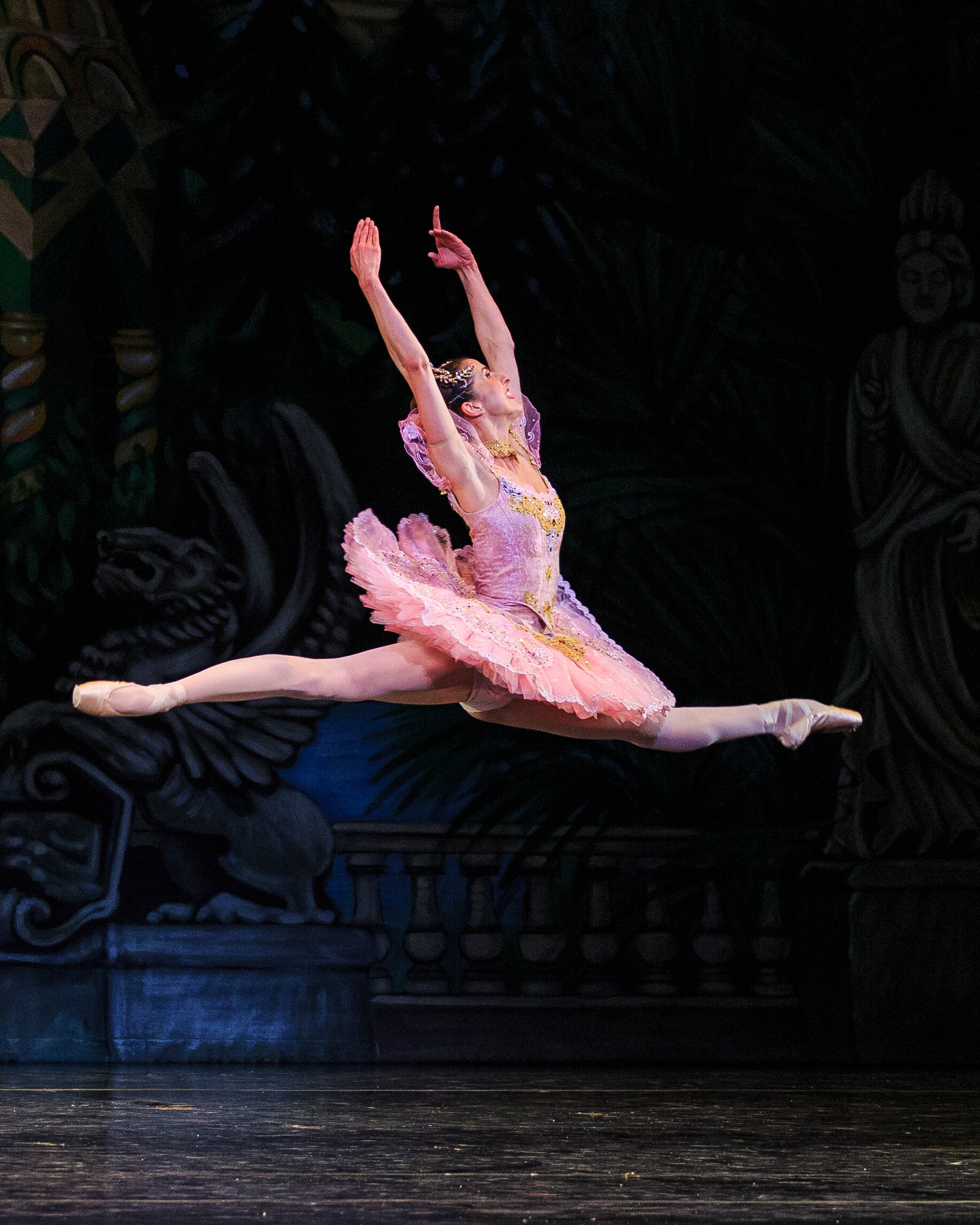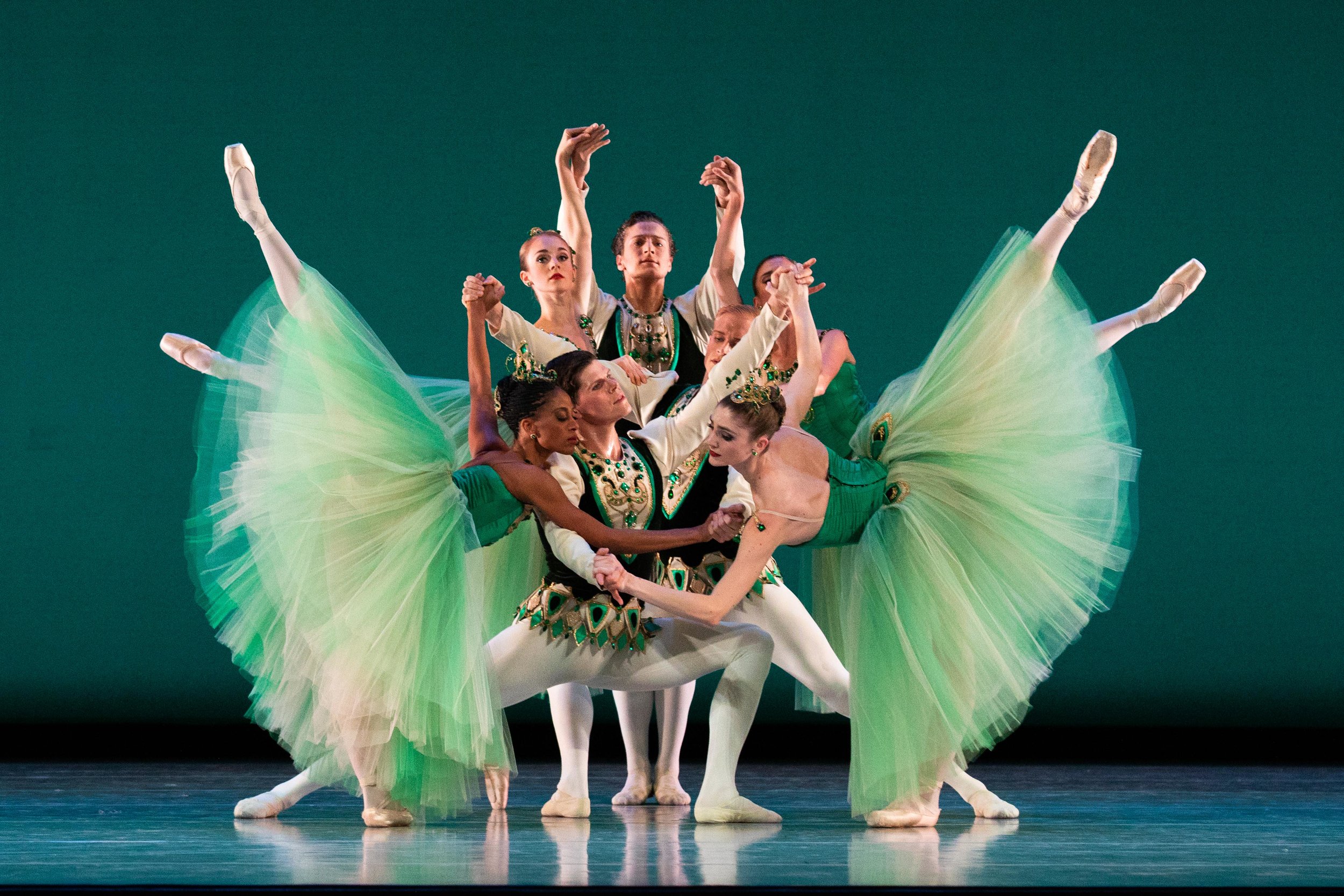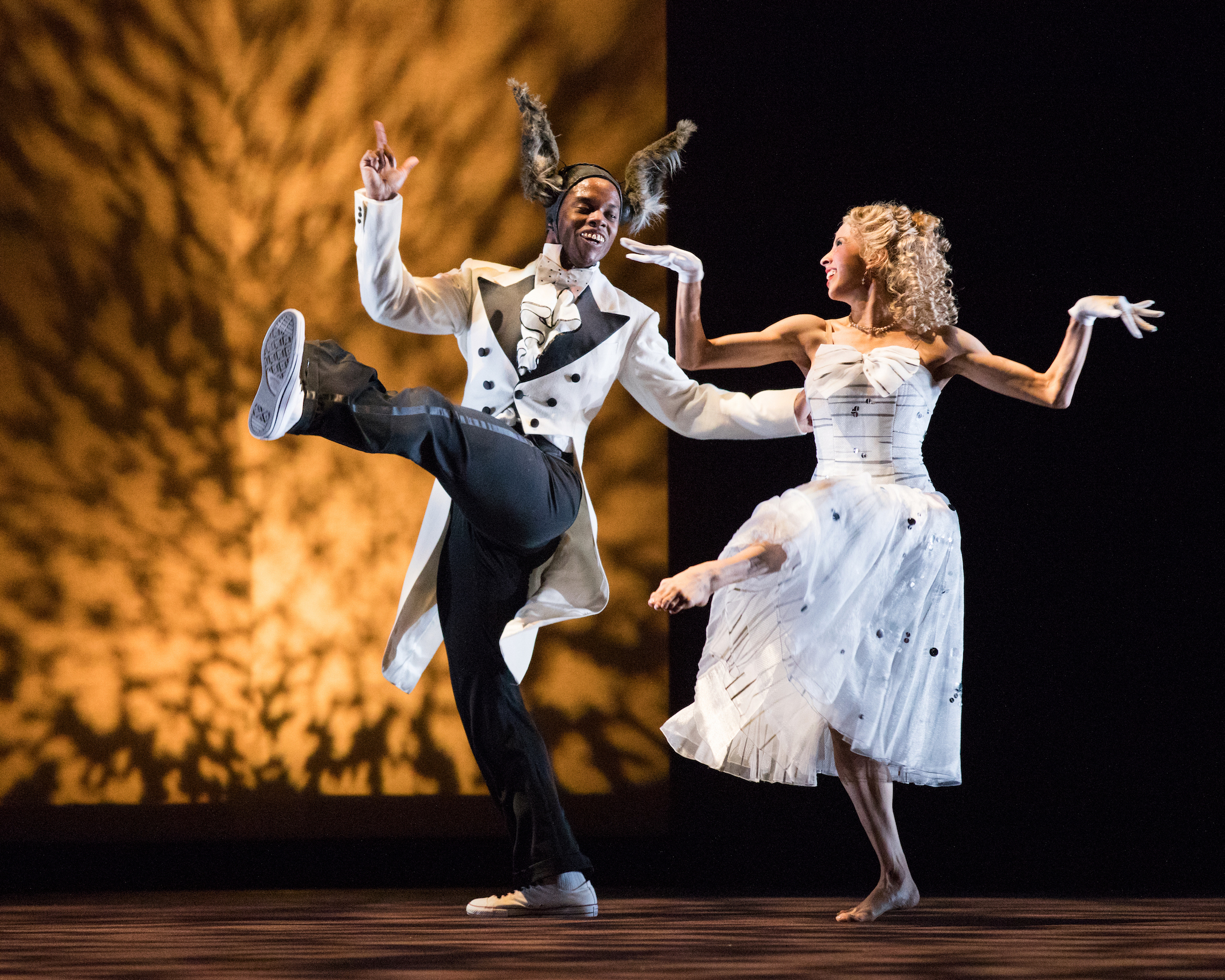The Nutcracker is as much of a holiday tradition as streaming White Christmas on Netflix. We depend on it as a marker of the season, a reason to call up favorite friends and family for a jolly holiday date. We revel in the familiarity of the story, the staging, the characters. We know what is coming next and wait with bated breath for our favorite solos. We compare this year’s show to last year’s show, or to the time when we were in it. We pick out something special to wear to the Capitol Theatre.
This is the 75th-anniversary year of Willam Christensen’s The Nutcracker. As with anything where familiarity has come to the forefront (hello, long-term relationships!), there is the danger of taking it for granted. In knowing it by heart, we don’t have to listen to the story carefully, or mine for the nuance beneath the surface. In short, we don’t really look at what’s in front of us.
It lies, then, in the performers to shock us awake. This past Saturday, at Ballet West’s The Nutcracker, I found myself longing for that soon into the first act.
Christensen’s Nutcracker, the longest-running version of the production worldwide, is heavily influenced by vaudeville, and incorporates a certain amount of shtick and comedy. As a program note by Ballet West artistic director Adam Sklute described, this was one of the stylistic choices Christensen employed in making a “uniquely American” Nutcracker. But at times, a focus on entertaining bleeds into parody of characters, where there may otherwise be room to root them in reality.
I wondered, even while staying true to Christensen, if there was still room for a deeper sense of storytelling? A more committed research of character? An approach to a beloved performance focused not on delivering familiar high points, but on approaching the original source material with true curiosity?
And then I got my answer.
When Emily Neale took the stage for the Arabian dance, she shook me awake. Through every languid extension and elastic suspension, she exuded seductive, exotic energy. Her gaze confident and a bit playful, she fully embodied, rather than just portrayed, the role. Together with partner Dominic Ballard, she renewed the infamous duet. I felt like I’d never seen it before. It felt gutsy and alive.
I became immediately aware that this difference was a crucial factor in my experience, as I noticed it in other places. The moments in which dancers risked taking a role dead-seriously, theatrically diving in head first, popped out like bolded font. As the Nutcracker Prince, Kyle Davis brought such grounded and calm energy that, in the brief moment he took to the center, the audience went quiet. Hadriel Diniz, Amber Miller, and Gabrielle Salvatto let the rhythm of the Spanish dance flavor their every step, bringing with each leap and turn the full emotion of a foreign land. In committing like this, they honored their characters.
I know, I’m not mentioning the obvious technical prowess inherent in pulling off a flawless Nutcracker, but when we are in a long-term relationship, it just takes more to get us flushed. This show has stood the test of time as communities across the country refuse to live without it. The gorgeous trappings of sparkly colorful costumes, whimsical sets, and promising young talent cannot help but bring Christmas cheer. But what’s underneath is also for the taking.
There is a chance to reconnect with The Nutcracker on a deeper, more meaningful level. It lies in the performers giving the ballet’s characters their due emotional weight. It’s in the subtle moments of pantomime at the party, in the delicacy of the Snow Queen, in Drosselmeyer believing he can conjure magic. It cannot be layered on top of choreography but instead has to inform it from its roots. This ballet is dance theater, after all - the storytelling is as paramount as the pirouettes.
Ballet West’s The Nutcracker continues through Thursday, December 26, at the Janet Quinney Lawson Capitol Theatre.
Emeri Fetzer is a dancer and communications specialist. She works at the University of Utah, performs with Phantom Limb Company, and is looking forward to developing new choreography in the coming year.









